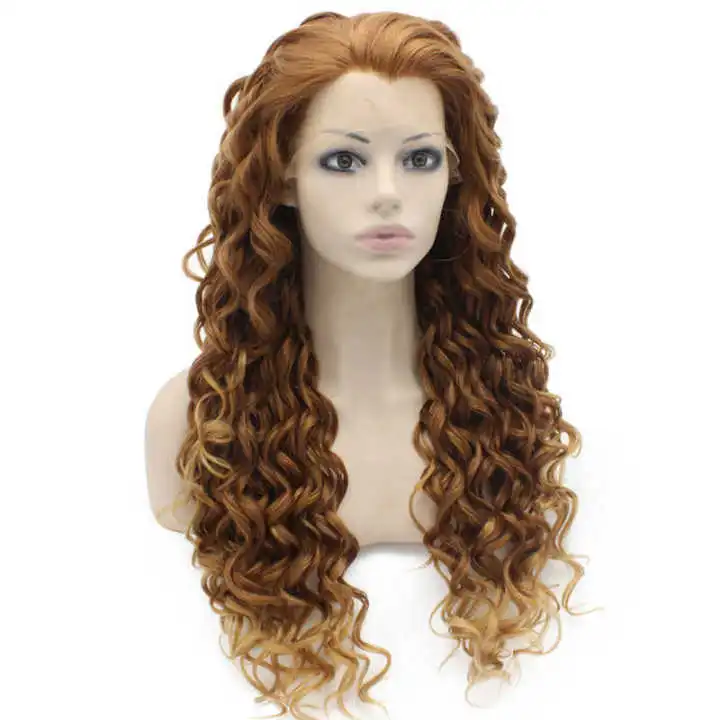
Curly Hair Care Simplified: Managing Your Curls with Ease
Choosing the Right Shampoo and Cleansing Methods
Choosing a suitable shampoo is key for curly hair care. Avoid sulfates, silicones, and parabens. These chemicals can dry out curls and increase frizz. Instead, opt for mild surfactants that are gentler on the scalp. How to care for curly hair?Consider using a low-lather or sulfate-free shampoo. This can help maintain natural oils and reduce dryness.
Many curly-haired individuals benefit from less frequent shampooing. Over-washing can strip away essential moisture. If you need to refresh your scalp and hair in-between, try co-washing. Co-washing is using conditioner to cleanse your hair. It helps retain moisture while gently removing buildup.
Another cleansing method to consider is the no-poo approach. This involves skipping shampoo entirely. It encourages your scalp’s oil production to naturally balance out. This method might take time to adjust to. However, many find it beneficial for overall curl health.
Regardless of your choice, always dilute shampoo with water. This ensures that you use less product and avoid product overload. Remember to focus shampoo on the scalp where oils and buildup are greatest. Be gentle while massaging the scalp. This avoids rough treatment of your delicate curls.
Use cold or lukewarm water when rinsing your hair. Hot water can be harsh on curls. Cold water, on the other hand, helps seal hair cuticles and locks in moisture.By choosing the right shampoo and cleansing methods, you set a strong foundation for healthy, bouncy curls.
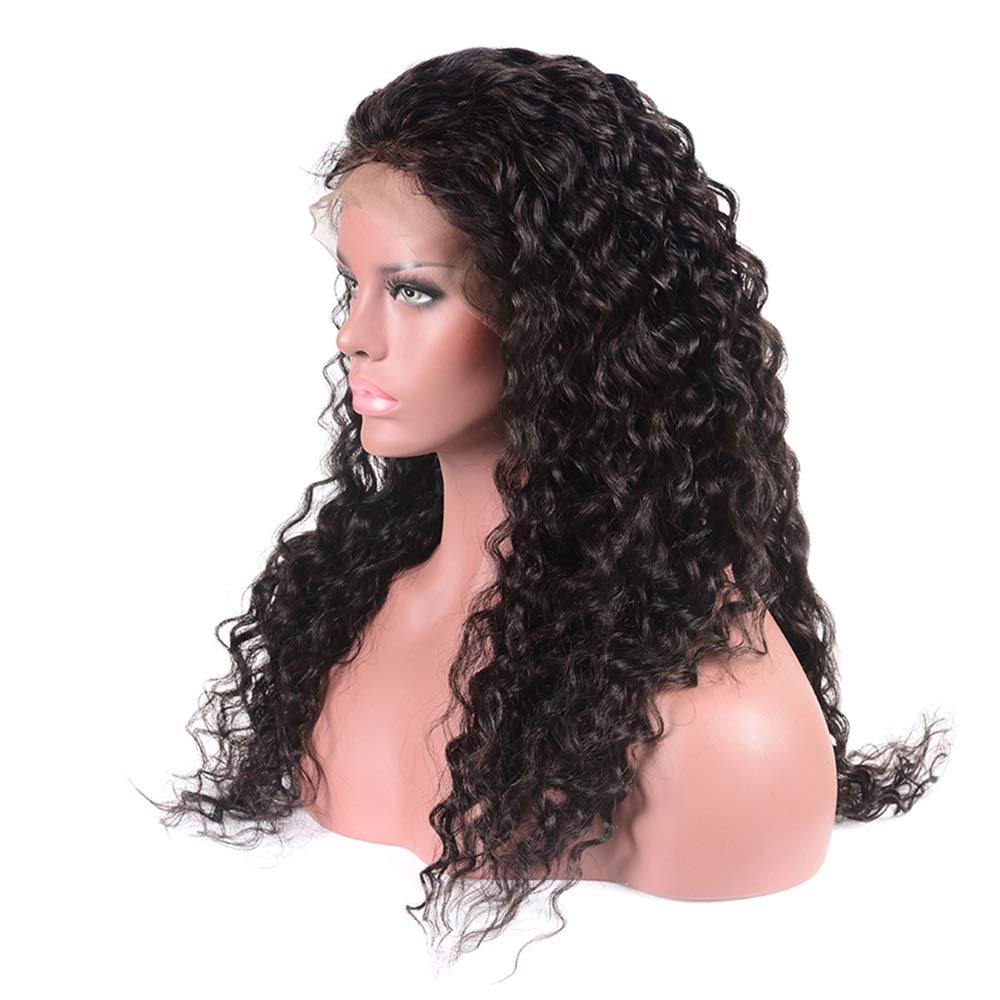
The Importance of Proper Conditioning
Conditioning is vital for curly hair. It seals cuticles and guards against damage. How to care for curly hair?Make sure to pick conditioners free from silicones. Silicones can prevent moisture from penetrating the hair shaft, leading to buildup. Choose products with nourishing ingredients to keep curls hydrated and healthy.
Selecting the Right Conditioner
Look for hydrating conditioners that are silicone-free. These conditioners help maintain moisture without causing buildup. A good conditioner should soften curls and make detangling easier.
How to Condition Curly Hair
Apply conditioner primarily to the hair’s mid-lengths and ends. These areas are driest and need the most moisture. Use your fingers to gently spread the conditioner. Detangle curls while the conditioner is in, starting from the ends and moving up.
Frequency of Conditioning
Curly hair benefits from regular conditioning. Depending on dryness, condition after each shampoo. For extra moisture, consider using a leave-in conditioner regularly.
Deep Conditioning Treatments
Integrate deep conditioning into your routine every two to four weeks. Deep conditioners penetrate deeper into the hair shaft. They can repair, nourish, and strengthen your curls. Leave the treatment in your hair for at least 20 to 30 minutes for maximum benefit.
By following these conditioning steps, you can help your curls stay moisturized and healthy. Proper conditioning leads to less frizz and more defined curls. Stick to a consistent routine to see the best results for your curly hair.
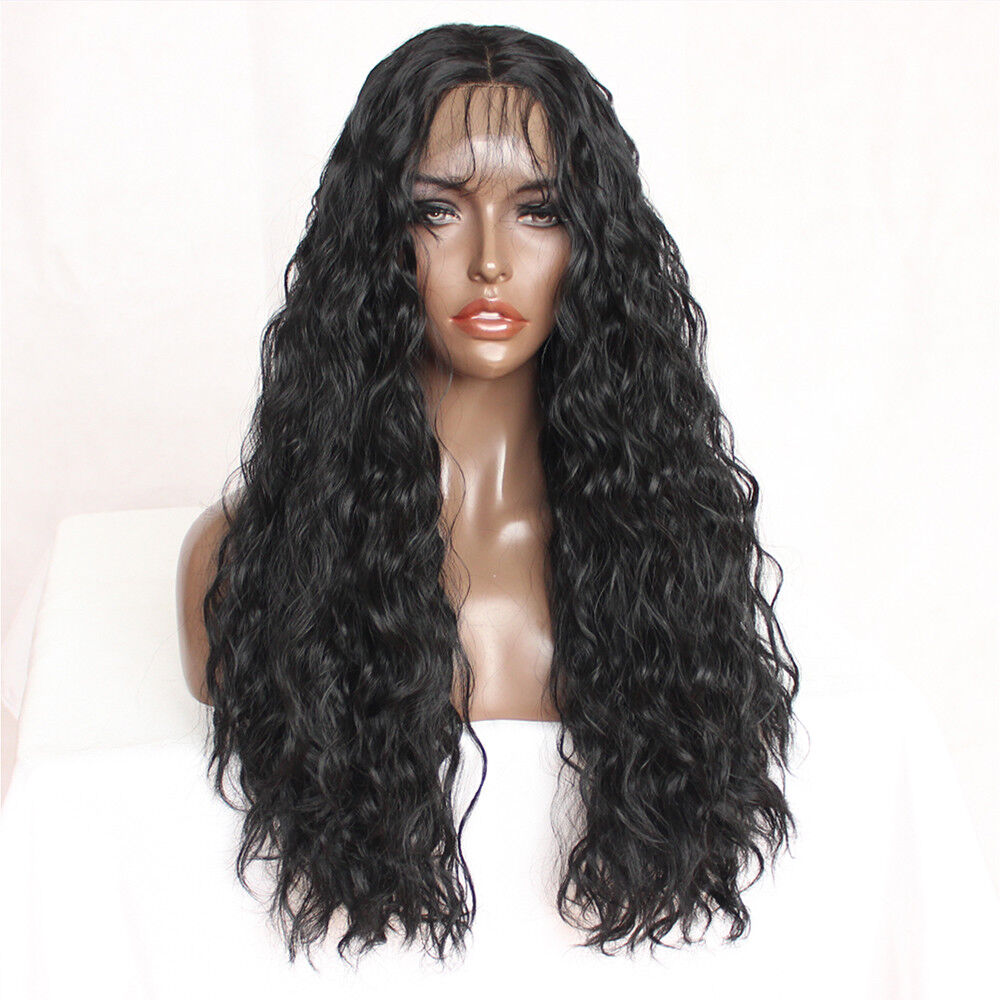
Techniques for Detangling and Brushing Curls
Caring for curly hair requires gentle detangling to avoid breakage. Neglect can turn beautiful curls into a knotted mess. Here are simple techniques and tips to detangle and brush your curls properly.
Start with the Right Tools
Pick a wide-toothed comb or a special detangling brush. These tools slide through curls without snagging. Avoid fine-toothed combs, as they can pull and damage your curls.
Detangle When Wet and Conditioned
Detangle your curly hair when it’s wet and loaded with conditioner. This reduces friction, preventing breakage. Apply conditioner, and then gently work through knots from ends to roots.
Use Your Fingers
You can also use your fingers to loosen knots. Starting at the tips, separate curls, and work your way up. This method offers more control and is gentle on your hair.
Take Your Time
Go slowly to minimize harm to your curls. Rushing can lead to pulling and breaking strands. Be patient, especially with tight knots.
Section Your Hair
Divide your hair into sections. This makes it easier to manage and ensures every curl gets attention. Once detangled, you can twist each section to keep it neat and prevent re-tangling.
Avoid Brushing Dry Curls
Never brush your curls when they’re dry. This disturbs the natural curl pattern and creates frizz. If you must refresh dry curls, lightly spray with water before detangling.
By following these methods, you’ll maintain the integrity of your curls and prevent unnecessary damage. Detangling doesn’t need to be daunting with the right tools and techniques.
Curly Hair Styling and Heat Management
Proper styling and heat management are crucial for maintaining healthy curls. Here’s how to style curly hair without damage:
Choose Gentle Styling Methods
Opt for styling methods that preserve your curls’ natural shape. Finger coil or use soft hair rollers.
Limit Heat Use
Avoid frequent use of hot tools. Heat can harm the curl pattern and lead to frizz or breakage.
Use Heat Protectants
When using heat, apply a heat protectant spray. This forms a barrier and reduces damage to your hair.
Air Dry When Possible
Let your curls air dry. This avoids heat damage altogether and keeps curls defined and bouncy.
Embrace Natural Texture
Celebrate the natural beauty of your curls. Find styles that work with your curl pattern, not against it.
By following these tips for curly hair styling and heat management, you reduce the risk of heat damage. This helps maintain the health and beauty of your curls.
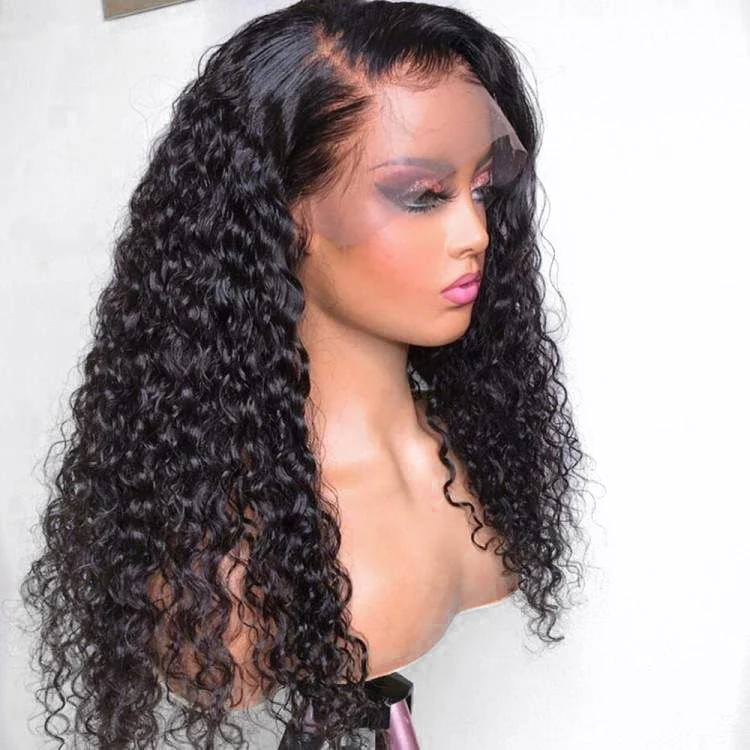
The Role of Haircuts in Curly Hair Maintenance
Finding the right haircut is a key step in curly hair care. A suitable cut can reduce frizz, enhance your curl pattern, and make styling easier. Look for a stylist experienced with curly hair. They understand how curls fall and can craft a haircut that works with your natural texture.
Choose a Curls-Friendly Salon
Select a salon with stylists trained in cutting curly hair. They should know how to cut curls so each one falls naturally. Ask for a dry cut. This helps the stylist see the curls in their natural state. It avoids surprises once your hair dries.
Regular Trims for Curly Hair Health
Get your hair trimmed every 6 to 8 weeks. This keeps your ends healthy and prevents split ends from traveling up the hair shaft. Healthy ends can help your curls maintain their shape better.
Speak Up About Your Curl Goals
When visiting a stylist, share your daily routine and styling preferences. This gives your stylist a clear picture of your needs. It helps ensure you leave the salon with a cut you can maintain at home.
Embrace Layering for Volume and Shape
Layers can give your curly hair more volume and shape. But too many layers can lead to a pyramid look. Trust your stylist to create the right balance for your unique curls.
By paying attention to these haircut tips, you can keep your curly hair looking well-maintained and vibrant. Proper cuts go hand in hand with a solid curly hair care routine.
Moisture Retention Tricks and Deep Conditioning
Retaining moisture is crucial for curly hair, which is naturally prone to dryness. By following a few simple tricks, you can keep your curls hydrated and healthy. Implement deep conditioning treatments to add an extra boost of moisture to your hair.
Moisture Retention Tips
- Avoid Heat: Minimize the use of blow dryers and flat irons to prevent moisture loss.
- Seal with Oils: After conditioning, apply a small amount of oil to seal in moisture.
- Use Satin Accessories: Switch to satin or silk pillowcases and hair ties to reduce friction.
- Hydrate Throughout the Day: Use a spray bottle to mist your curls with water or a leave-in conditioner.
Mastering Deep Conditioning
- Choose the Right Product: Look for deep conditioners rich in emollients and humectants.
- Frequency Matters: Aim for a deep conditioning session every two to four weeks, depending on your hair’s needs.
- Apply Gently: Work the deep conditioner into your hair, focusing on ends which are driest.
- Use Heat: Cover your hair with a cap and apply heat to open the cuticles for better absorption.
- Rinse Well: Use cold water to close the cuticles and lock in the moisture post-treatment.
By incorporating these moisture retention strategies and regularly deep conditioning your hair, you’ll help ensure your curls remain soft, manageable, and vibrant.
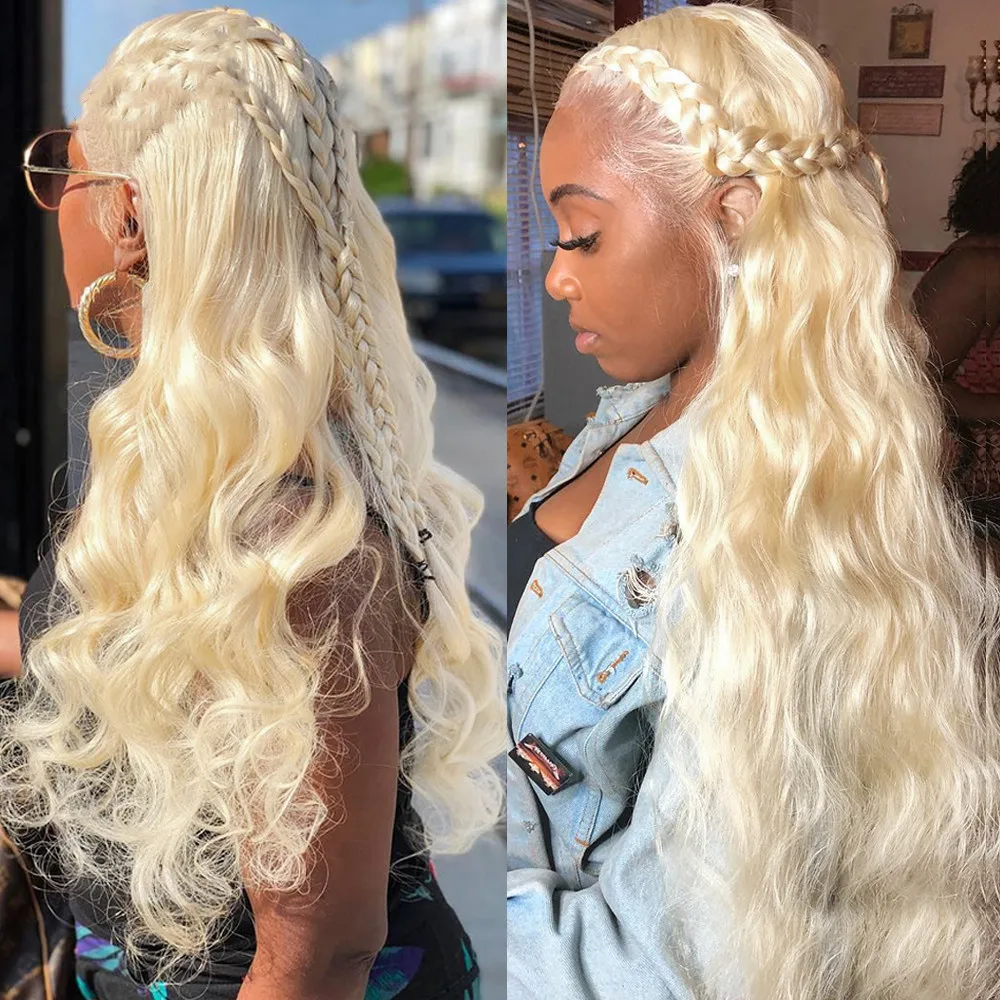
Sleeping with Curly Hair: Preserving Your Curls Overnight
Protecting your curls while you sleep is crucial for maintaining their shape and health. Here are ways to keep your curls looking great the next day:
- Use a Silk or Satin Pillowcase: Swap out cotton for silk or satin. These materials reduce friction and help prevent frizz and tangles while you sleep.
- Tie Your Hair in a ‘Pineapple’: Gather your curls on top of your head in a loose ponytail. This technique, known as ‘pineappling’, minimizes curl squashing and preserves curl pattern.
- Wrap Hair in a Silk Scarf: For added protection, wrap your hair in a silk scarf. This offers another layer of defense against frizz-inducing friction.
- Invest in a Satin Bonnet: A satin bonnet can keep your curls intact and tangle-free throughout the night. It helps in retaining moisture as well.
- Loose Braids or Twists: If pineappling doesn’t work for you, try loose braids or twists. They protect your curl structure while sleeping.
- Avoid Elastic Bands: Use soft, scrunchie-style bands or spiral hair ties. They prevent hair creases and breakage associated with elastic bands.
By following these steps, you’ll wake up with curls that are easier to refresh and style, saving you time in your morning routine and keeping your curls beautiful longer.
Utilizing Natural Oils and DIY Treatments
Natural oils and DIY treatments are invaluable in caring for curly hair. They provide moisture, enhance shine, and strengthen curls. Here are some top tips for incorporating them into your hair care routine.
Choosing the Right Natural Oils
Select oils that suit your hair type and needs. Coconut oil is a popular choice for its deep-conditioning properties. Olive oil adds immense moisture, and jojoba oil mirrors natural scalp oils. Lightweight options like argan or grapeseed oil are great for finer hair.
How to Apply Oils
Warm a small amount of oil and massage it into your scalp and hair. Focus on the ends, as they are the driest. Wrap hair in a warm towel or shower cap to enhance absorption. Rinse thoroughly with a mild shampoo after 30 minutes to an hour.
DIY Hair Mask Treatments
Create your own hair masks using common kitchen ingredients. Mix olive oil, eggs, and mayonnaise for a moisturizing treatment. Avocado masks infused with honey and olive oil can revive dull curls. Apply these masks to dry or slightly damp hair before shampooing.
Tips for Using DIY Treatments
Always patch test DIY treatments to avoid any adverse reactions. Apply treatments evenly and leave on for at least 30 minutes for best results. Rinse out with lukewarm water and follow with your regular shampoo and conditioner routine.
By integrating natural oils and DIY treatments, you nourish your hair deeply and maintain your curls’ health. Stick to ingredients that are curly hair-friendly and avoid harsh chemicals to ensure your DIY efforts yield beautiful results.

